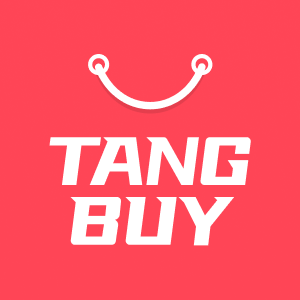2025 Q4 Dropshipping Playbook: Timing Your Holiday Product Launches for Max Profits

You want your dropshipping shop to do well in Q4, right? Timing is very important. The holiday season makes up over 20% of yearly dropshipping sales. Getting ready early gives you a big edge. Q4 has a lot of chances to make money, but there are some hard problems:
Delivery takes longer because shipping companies are busy.
More people ask for help as they check their orders.
You need to give discounts to compete, which lowers your profits.
Stock runs out when suppliers cannot keep up.
Marketing costs more, but extra sales can help cover it.
Stay on track, use this Dropshipping Playbook, and you will be ready for Q4.
Key Takeaways
Begin getting ready for Q4 dropshipping in September. This helps you avoid rushing at the last minute. You can also reach shoppers who buy early.
Learn important holiday dates like Black Friday, Cyber Monday, and Christmas. This helps you plan when to launch products and do marketing.
Use market research tools like Google Trends and social media. These help you find products that are popular, seasonal, and good for gifts.
Pick products that are simple to ship and have high profit margins. Make sure they also make shoppers feel excited or happy.
Grow your email list early and split it into groups. Sending personal and well-timed emails gives you the best results.
Use social media and influencers to reach younger shoppers. This can help you sell more with fun posts and adverts.
Set up automatic systems for orders and inventory. This helps you manage lots of orders and stops mistakes when it gets busy.
Plan shipping with trusted suppliers and local warehouses. Talk clearly with them to stop delays and keep customers pleased.
Q4 Overview
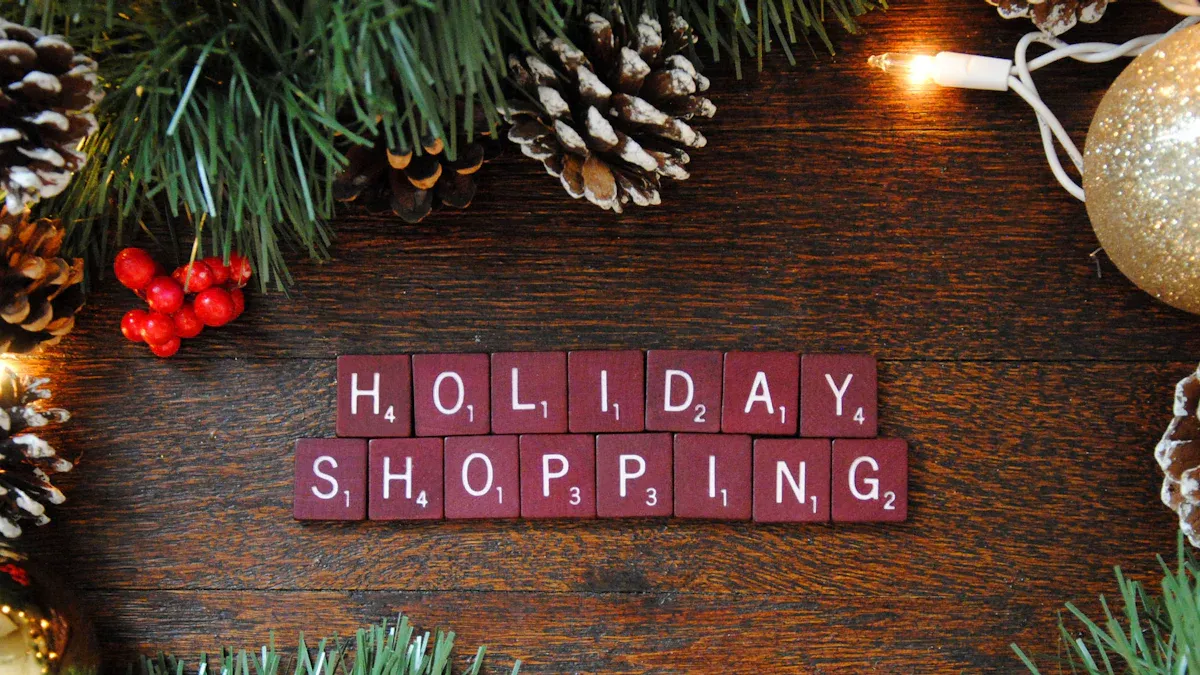
Key Dates
You should know the main shopping days in Q4. These dates help you plan your dropshipping shop. Here is a simple table to guide you:
Holiday/Event | Date(s) | Relevance to Dropshipping Businesses |
|---|---|---|
Halloween | 31 October 2025 | Costumes, decorations, and spooky-themed products sell quickly. |
Thanksgiving | 25 November 2025 | Cooking tools, festive plates, and themed home items get popular. |
Black Friday | 27 November 2025 | Shoppers look for deals on many things. Discounts and bundles work best. |
Cyber Monday | 30 November 2025 | Electronics, gadgets, and smart home devices are wanted by many people. |
Christmas | 24–25 December 2025 | The biggest gift-giving time. Decorations, clothes, and gift sets sell well. |
New Year's Eve/Day | 31 December 2025 – 1 January 2026 | Party supplies, decorations, and new year items are in high demand. |
Tip: Write these dates in your calendar now. Get your shop ready at least one month before the first big day.

Opportunities
Q4 brings lots of shoppers who want gifts, deals, and seasonal items. You can use this chance by selling what people want most.
Shoppers spend more in Q4, even if they worry about money. They want good value and quality.
Mobile shopping grows fast. Many people buy things on their phones, so make sure your shop looks good on mobile.
Early sales work well. Many shoppers start buying in October, not just on Black Friday.
Social media and influencers help you sell more. About 40% of shoppers buy after seeing products on TikTok or Instagram.
Emotional products sell better. Items that make people happy, like matching family pyjamas or countdown calendars, do better than plain goods.
Bundles and gift sets help you earn more per order. People like easy gift ideas.
Fast shipping is important. Local suppliers and warehouses let you deliver in 3–7 days, which keeps customers happy.
Challenges
Q4 is busy, but it is not simple. You face more rivals and bigger risks.
Stock can run out quickly. Suppliers might change their rules without warning.
Overselling happens if your stock does not update in real time. This makes customers unhappy.
Manual order work causes mistakes. Automation tools help you avoid errors.
Shipping delays are common. You need backup suppliers and local warehouses to keep up.
Account suspensions can happen if you break platform rules or do not act as the seller of record.
Bad reviews and chargebacks rise if customers feel tricked or get late orders.
Social media sites may block your ads if they see false claims. Make your ads honest and different.
Be flexible, use automation when you can, and always have a backup plan. Q4 rewards those who get ready early and change quickly.
Dropshipping Playbook: Planning

Market Research
You want to get ahead in Q4. Start with strong market research. This step helps you spot what shoppers want before everyone else. Use Google Trends to check search patterns and see which products are gaining interest. This tool is free and easy to use. You can look at seasonality and even see which regions want certain items most. If you check Google Trends every week for trending products, you will not miss out on new opportunities.
You can also use paid tools like Helium 10 or CJdropshipping. These tools give you more data and help you connect with suppliers. If you want to dig deeper, try Dropship Spy, Niche Scraper, or Ecomhunt. These platforms show you which products are selling fast and which ones are just starting to trend.
Here are some other tools you might find useful:
SurveyMonkey and Typeform: Ask your customers what they want.
SEMrush: See what keywords and products your competitors focus on.
Statista and Nielsen: Get big-picture market reports.
Tip: Check these tools often. Trends change quickly in Q4. If you spot a new trend early, you can add it to your Dropshipping Playbook and get ahead of the crowd.

Product Selection
Choosing the right products is the heart of your Q4 strategy. Look at last year’s sales data. This shows you which products sold well and which ones did not. You can avoid crowded markets and find special niches with loyal buyers. Shoppers in Q4 often buy with emotion. They want gifts that feel personal and meaningful.
When you pick products, keep these points in mind:
Seasonal relevance: Pick items that fit the holiday, like Christmas jumpers or Halloween decorations.
Gift-worthiness: Choose products that make great presents, such as personalised mugs or custom jewellery.
Trending and in-demand: Watch social media for products that are going viral.
Affordable shipping: Go for lightweight and small items. These ship faster and cost less.
You should also think about logistics. Products that are easy to ship will reach your customers on time. If you use local warehouses, you can avoid delays. Always test new products before you scale up. This way, you spot any problems early.
Note: The Dropshipping Playbook works best when you use data, not just your gut feeling. If you plan your inventory based on last year’s demand, you will not run out of stock or get stuck with unsold goods.
Common Pitfalls to Avoid
Many dropshippers make the same mistakes in Q4. Here are some to watch out for:
Ignoring data and picking products based on guesswork.
Not knowing who your target customer is.
Overlooking product quality.
Forgetting about shipping costs.
Choosing items with low profit margins.
Jumping on short-lived trends.
Selling products everyone else is selling.
Poor inventory planning.
You can avoid these by using your research tools, focusing on niche markets, and planning your stock early. Always work with reliable suppliers and keep an eye on social media for new trends.
Competitor Analysis
You are not the only one chasing Q4 profits. Your competitors are busy too. Analysing what they do helps you stand out. Start by finding out which products they push hardest. Use Google Trends and social media to see what is hot. Tools like SimilarWeb and Ahrefs show you how your rivals get traffic and which keywords they use.
Here’s a simple table to help you track your competitors:
What to Check | How to Do It | Why It Matters |
|---|---|---|
Product Listings | Review their websites and ads | Spot best-sellers and gaps |
Pricing & Promotions | Monitor their deals and discounts | Adjust your own offers to compete |
Customer Reviews | Read reviews and testimonials | Learn what buyers like or dislike |
Social Media Presence | Follow their posts and influencer links | See which platforms drive sales |
You can also use social listening tools like Brand24. These help you track what people say about your competitors. If you see a gap in their service or a product they do not offer, you can fill it.
Tip: Watch your competitors’ pricing and promotions. If they run a big sale, you might need to adjust your own prices or offer bundles. Try psychological pricing, like raising prices but giving a discount, to make your deals look better.
The Dropshipping Playbook is not just about copying others. It is about learning from them and finding your own edge. If you keep an eye on your rivals and stay flexible, you will be ready for anything Q4 throws at you.

Marketing Channels
When you want to boost your Q4 dropshipping profits, you need to pick the right marketing channels. Some channels give you a much better return on your money than others. Take a look at this table to see which ones work best during the holiday rush:
Marketing Channel | ROI per £1 Spent | Notes |
|---|---|---|
Email Marketing | Highest ROI, especially in Q4 | |
SEO | £22 | High ROI but takes longer |
Social Media Advertising | £11 | Instagram leads among social platforms |
Google Ads | £8 | Average return across Shopping/Search |
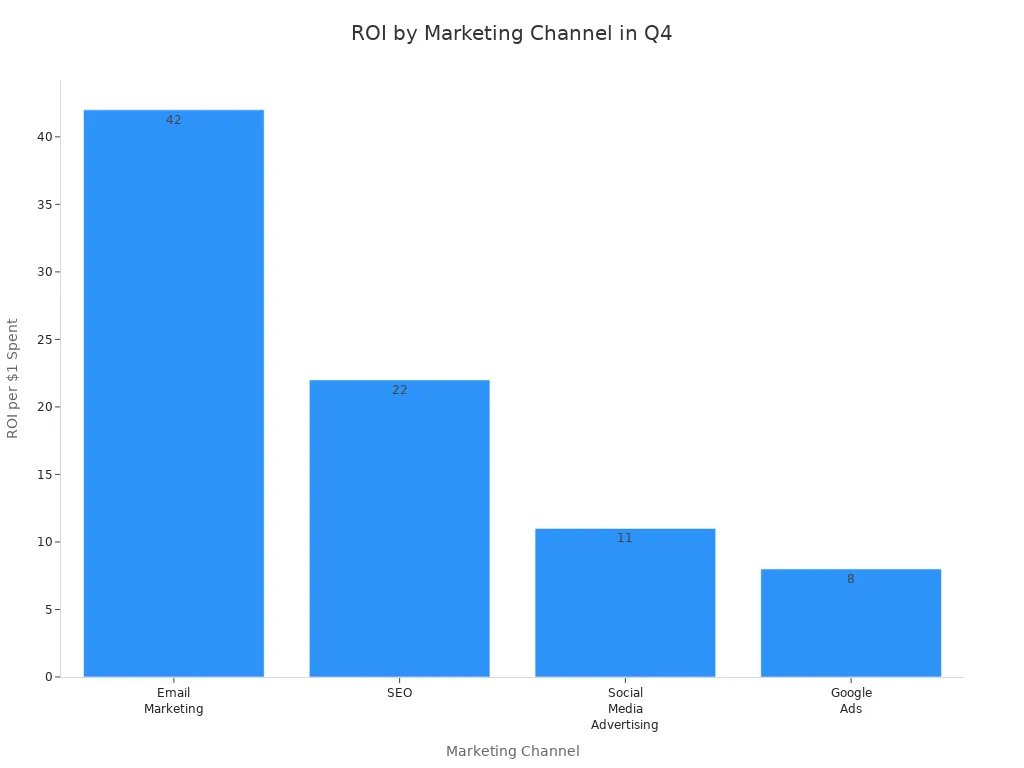
You can see that email marketing stands out. Social media and SEO also help, but email gives you the most for your money.
Email List
Your email list is your secret weapon in Q4. You can talk directly to shoppers who already know your brand. To get the best results, try these steps:
Segment your list by what people bought before, what they like, and how they interact with your emails.
Personalise your messages. Use names and show offers that fit each group.
Add urgency. Use countdown timers or “only a few left” messages.
Make sure your emails look good on phones.
Set up automated emails for welcomes, abandoned carts, and follow-ups.
Test different subject lines and designs to see what works.
Show customer reviews in your emails to build trust.
Send emails before big shopping days like Black Friday and Christmas.
Tip: Don’t send too many emails. Focus on quality and timing. Personalised, well-timed emails get more clicks and sales.

Social Media
Social media can help you reach new shoppers fast. Platforms like Instagram and TikTok work well for younger buyers. Here’s how you can make the most of social media in Q4:
Use UTM links and pixels to track which posts bring in sales.
Start with organic posts to test what people like. Boost the best ones with ads.
Work with micro-influencers for honest reviews and wider reach.
Share product videos, run giveaways, and host live Q&As to get people talking.
Use shopping features like Instagram Shopping to make buying easy.
Reply to comments and messages quickly to build a loyal community.
Shopify stores with social commerce features make 34% more revenue. TikTok Shop sales jumped 127% last year. If you use these tools, you can catch more buyers where they spend their time.
Store Optimisation
Your shop needs to look and work its best in Q4. Shoppers want a smooth, fast, and safe experience. Here’s what you can do:
Use clear, high-quality photos from different angles. More images mean more sales.
Show prices and shipping costs upfront. Nearly half of shoppers leave if they see hidden fees.
Add customer reviews and real-time purchase pop-ups for trust.
Offer free shipping over a certain amount and first-time buyer discounts.
Make your site easy to use with a simple menu and fast search bar.
Add live chat so shoppers can ask questions and get answers right away.
Test different product photos, buttons, and checkout options to see what works best.
Send abandoned cart emails with reviews or discounts to win back lost sales.
If you make your store easy to use and trustworthy, more shoppers will buy from you during the busy holiday season.
Promotions & Content
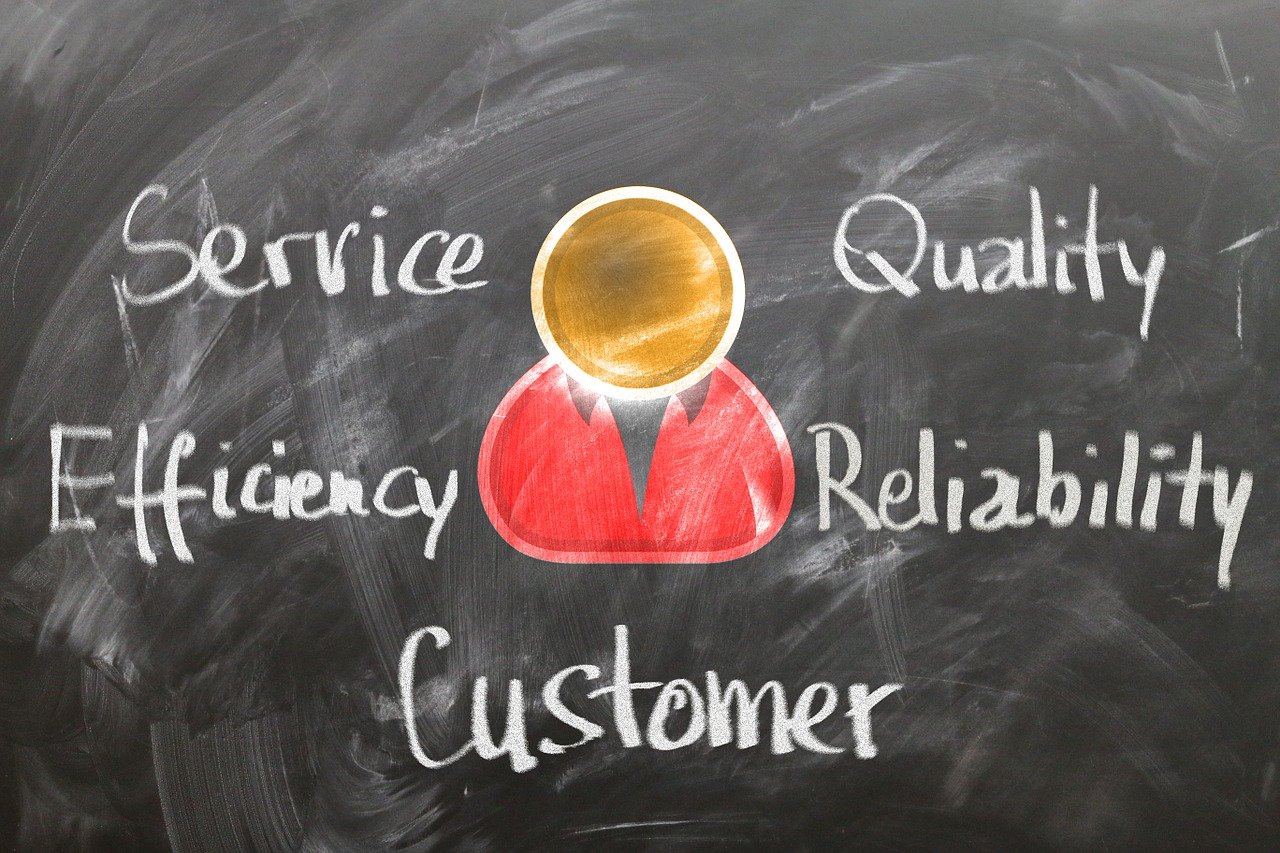
Offers
You want your shop to stand out during Q4. The right offers can help you do just that. Shoppers love a good deal, but they also want something special. Try these ideas to boost your sales:
Run flash sales for a few hours. This creates urgency and gets people to buy quickly.
Offer early-bird discounts to your email subscribers. Reward loyal customers before the big rush.
Bundle products together. Gift sets make shopping easier and increase your average order value.
Use limited-time codes for free shipping or small gifts. Shoppers hate extra costs, so this can tip them over the edge.
Give exclusive access to new products for VIP customers. People love feeling special.
Tip: Use countdown timers on your website and in emails. This makes your offers feel urgent and helps drive more sales.

Content Calendar
A strong content calendar keeps you organised and helps you reach shoppers at the right time. Planning early is key. You should start thinking about your Q4 content at least three months ahead. Here’s how you can structure your calendar for the best results:
Set campaign dates for each holiday, like Black Friday, Cyber Monday, and Christmas.
Choose a theme for each event. Use bold, urgent messages for Black Friday and warm, heartfelt tones for Christmas.
Segment your audience. Send special offers to VIPs, new subscribers, or people who left items in their cart.
Schedule your promotions clearly. Avoid overlapping deals so each one gets full attention.
Link your emails with social media posts and ads. This gives shoppers a smooth experience across all channels.
Track how your emails perform. Watch open rates, clicks, and sales to see what works.
Use automation tools to send emails at the best times, even when you’re busy.
Test different subject lines and images before big days. Find out what grabs attention.
Mix up your content. Share tips, gift guides, and thank-you notes, not just sales pitches.
Plan follow-up emails, like reminders for abandoned carts and post-holiday thank-yous.
Planning ahead means you never miss a key date. You can keep your shop top-of-mind all season long.
Brand Messaging
Your brand voice matters more than ever in Q4. Shoppers see hundreds of ads each day. You want your message to feel personal and memorable. Start your campaigns early, even in October, to build excitement and trust.
Focus on what your products do for people. Show how they make life easier, bring joy, or help create special memories. Use stories and real-life examples in your emails and social posts. Video content works well, especially on TikTok and Instagram, where people discover new products.
Personalise your messages. Segment your emails by past purchases or interests. Use names and tailor offers to each group. Highlight limited-time deals and early access to create a sense of urgency and exclusivity.
Keep your messaging consistent across all channels. Make sure your website, emails, and social media all share the same look and feel. Offer flexible payment options and clear shipping deadlines. Shoppers want a smooth, stress-free experience.
Remember, people buy from brands they trust. Show care, keep your promises, and make every interaction count.

Operations
Supplier Management
You want your shop to work well in Q4. Good suppliers are very important. Link your stock planning with your marketing calendar. This helps you match stock with big sales days like Black Friday. You can use preorders and backorders to keep customers interested if you run out of stock for a short time.
Here are some smart ways to manage suppliers:
Keep extra stock as a backup. This helps if supply problems happen.
Use inventory software to track stock in real time. You see low stock before it causes trouble.
Talk often with your suppliers. Quick chats help you fix delays fast.
Put your stock in different warehouses. This makes delivery faster and lowers risk.
Set strict delivery rules with suppliers. Ask for On Time In Full and Must Arrive By Date standards.
Work with carriers who know retail delivery. They help you avoid extra fees and keep things moving.
Use AI and forecasting tools to guess demand and plan ahead.
If you build strong supplier relationships and use technology, you can stop stockouts and keep your customers happy.
Automation
Handling lots of orders by hand is hard, especially in Q4. Automation tools save time and lower mistakes. A recent Shopify survey showed most dropshippers using inventory-sync apps can handle over 500 orders a month. That’s a big boost for your business.
Look at these top automation tools:
Automation Tool | Key Features | Q4 Dropshipping Benefits |
|---|---|---|
Doba | Real-time inventory sync, sales trend monitoring, Amazon integration | React to market changes fast, spot bestsellers early, handle busy times easily |
DSers | Automates order placement, tracking, supply chain tasks | Saves hours, improves accuracy, scales up order volume quickly |
AutoDS | Bulk importing, dynamic repricing, order fulfilment | Speeds up workflow, reduces bottlenecks, launches new products quickly |
Skugrid | Real-time inventory syncing, backup supplier links | Stops stockouts, keeps your system running during busy times |
Easync | Backup supplier marketplace, inventory syncing | Keeps orders going even if one supplier has problems |
You can cut manual work from 8 hours to just 1 hour with these tools. Automation also lowers errors and keeps your customers happy.

Shipping & Service
Fast, reliable shipping is very important in Q4. You need to plan for delays and keep customers updated. Pick carriers with a good record during busy times. Use different shipping methods so you have choices if one carrier is slow.
Here are some tips to make shipping and service better:
Plan your shipping needs early. Make sure your warehouse and staff can handle the rush.
Set clear shipping deadlines. Tell customers when to order for on-time delivery.
Give rewards for early purchases, like discounts or free shipping.
Be open about possible delays. Use emails and website banners to set expectations.
Use poly mailers for light, weather-proof packaging. Add bubble wrap for fragile items.
Make unboxing special with branded packaging or handwritten notes.
Offer eco-friendly packaging for shoppers who care about the environment.
Make returns easy and answer questions quickly. Friendly service builds loyalty.
Spread your stock across regions to make delivery faster.
Planning ahead and keeping customers informed helps you avoid problems and keeps your reputation strong during the holiday rush.
Launch Timing

Black Friday & Cyber Monday
You want to catch the biggest shopping wave of the year. Black Friday and Cyber Monday bring a huge jump in online orders. Sometimes, you might get five to ten times more orders than normal. These days are very important for your Q4 profits. You should start planning in September or October. Begin by showing off your holiday collections early. Run special early-bird offers at the start of October. Launch your main deals in early November. This helps you build excitement and reach early shoppers.
Here is an easy timeline you can follow:
Get your products ready in September and October.
Start your marketing in early October with sneak peeks and special deals.
Launch your big Black Friday and Cyber Monday offers in early November.
Keep up the excitement all November with countdown timers and urgent messages.
During these busy days, work with more than one supplier. This helps you avoid running out of stock. Use automation tools to handle lots of orders and keep your shop running well. Update your shop with holiday themes and good deals. Make your product pages stand out with keywords people search for. You will get lots of visitors, so make sure your website can handle it.
Tip: Use short-time deals and clear messages. Shoppers love good offers, but they also want fast delivery and easy checkout.

Christmas & New Year
Christmas and New Year are another chance to boost your sales. You need to plan early, starting in September or October. Launch your Christmas ads and bundles at the start of December. Run these offers for at least a week so shoppers have time to choose. Focus on products that make great gifts, like toys, health items, or sports goods.
Try these smart ideas:
Give discounts and bundles to get bigger orders.
Work with influencers to show your products.
Use Facebook and Instagram for targeted ads.
Make videos to show how your products work.
Tell emotional stories in your ads. Show happy families or festive scenes.
Watch your rivals and use data to find top products.
Keep your return rules simple and clear.
As Christmas gets closer, slow down your ads about a week before the day. Most people finish shopping by then. After Christmas, change your shop theme to New Year’s or Valentine’s Day. Keep your customers interested with emails about new products and special deals.
Shoppers want gifts that feel special and arrive on time. Make your shop look festive and easy to use.
Multi-Channel Launches
You want your products to reach as many shoppers as possible. Multi-channel launches help you do this. Use social media like Instagram, Facebook, and TikTok to get noticed. Bring people to your shop or Amazon page with fun posts and videos. Email marketing is good for turning subscribers into buyers.
Share your offers on all channels at the same time. This helps you reach more people and keeps your message the same everywhere. Here is a table to help with your multi-channel plan:
Key Strategy Element | Description |
|---|---|
Change your content for each step of the customer journey. | |
Consistent Experience | Keep your message the same on every platform. |
Continuity in Communication | Help shoppers move easily from one channel to another. |
Data-Driven Marketing | Use customer data to pick the best channels and messages. |
Plan what you want to measure before you launch. Check how each channel does and see your return on investment. Use tracking tools to see where your sales come from. Match your offers with big events to get shoppers’ attention.
Multi-channel launches give you the best chance to grow your Q4 sales. Stay organised, keep your message simple, and reach shoppers wherever they are.
Post-Holiday Strategy
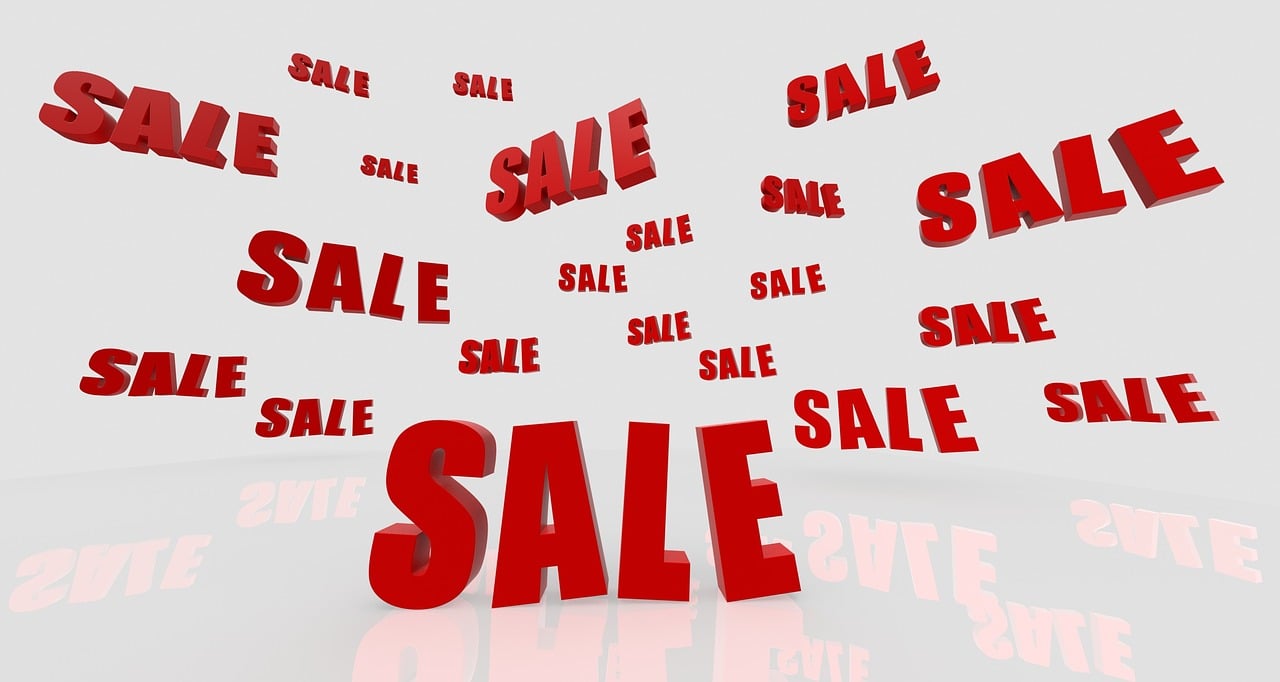
Retargeting
The holiday rush does not stop after New Year’s. Your Q4 traffic is still useful. Many people visit your shop and look at products. Some add things to their baskets but do not buy. You can get these visitors back with retargeting.
Show dynamic remarketing ads. These ads display the exact products people saw or left in their baskets. This often makes them finish buying.
Split your audience by behaviour. Some are first-time visitors, some browse a lot, and some leave baskets behind. Make ads for each group to get better results.
Send personalised emails with special offers. Base these offers on what shoppers looked at or bought before.
Try time-based retargeting. For example, send a basket reminder email within an hour. Show social media ads after a day. Use collection ads a week later.
Give exclusive promotions to email subscribers or social followers. This makes them feel special and want to come back.
Cart abandonment retargeting can win back up to 70% of lost sales. A quick reminder or a small discount can help people decide to buy.
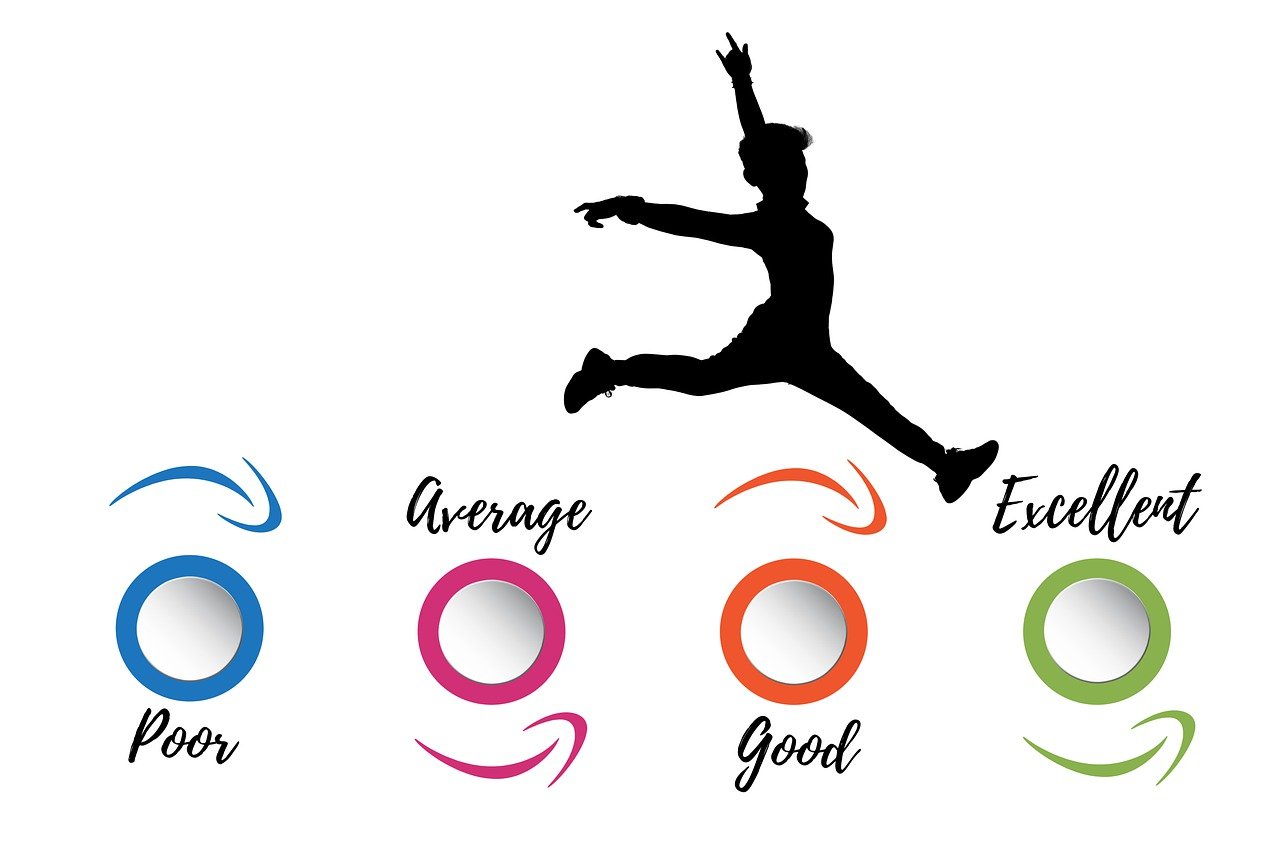
Performance Review
After the holidays, you need to see what worked well and what did not. Checking your results helps you plan for next year and avoid old mistakes.
Use product research tools like Sell The Trend, Niche Scraper, or Ecomhunt. These show which products sold best, how your prices compared, and what your competitors did.
Check your profit margins and total costs. Tools like the Dropshipping Profitability Calculator show your real profit per order. You can see where you made or lost money.
Look at your ad campaigns. Which ones brought the most sales? Which ones cost too much?
Study product trends. Did you find any new bestsellers? Are there items you should drop next year?
Review customer feedback and delivery times. Happy customers are more likely to come back.
Good tracking helps you feel sure about scaling your ads, setting better prices, and picking top products for next season.
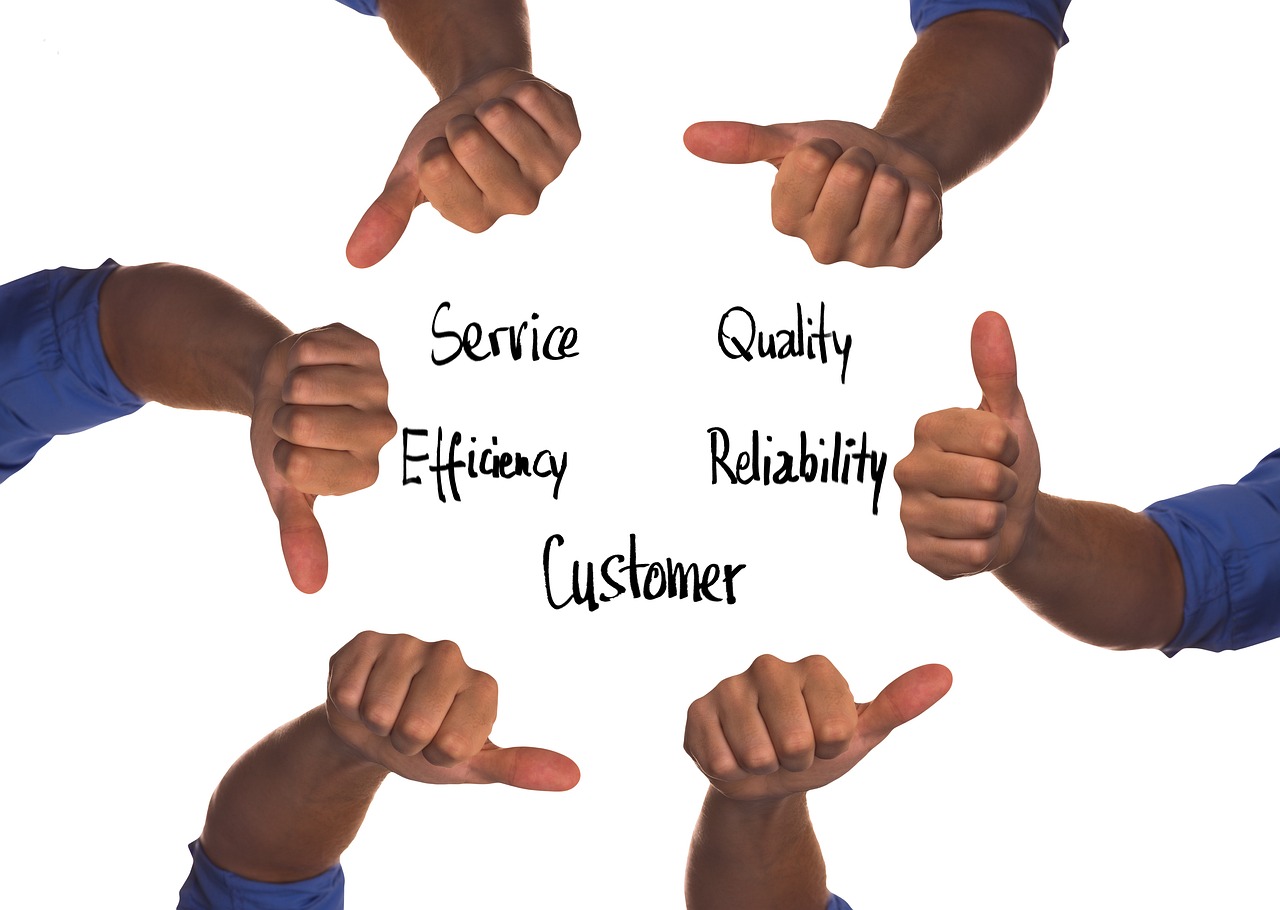
Customer Loyalty
You want holiday shoppers to return, not just buy once. Building loyalty after Q4 is important for long-term success.
Give one-time point bonuses for holiday purchases. This helps customers reach rewards faster and makes them want to shop again.
Invite your best customers to a Member’s Club. Give them perks like early access to new products or special sales.
Use SMS and email to remind shoppers about their points and special offers.
Make personalised campaigns for different groups, like first-time buyers or VIPs.
Start bounce-back offers and tiered loyalty programmes. Give bigger rewards to your top spenders.
Encourage referrals by rewarding both the person who refers and the new customer.
Build a community by sharing user-generated content, like customer photos or reviews.
Begin new marketing campaigns in January. Keep your brand fresh in shoppers’ minds and turn seasonal buyers into loyal fans.
A strong loyalty programme helps keep your customers coming back, even after the holiday season ends.
When you follow the Dropshipping Playbook, you set yourself up for a strong Q4. Early planning lets you spot trends with tools like Google Trends, stock up on the right products, and launch your marketing before the rush. Here’s what works best:
Start email campaigns early to build excitement.
Optimise your shop for mobile and holiday shoppers.
Share festive content on social media to engage buyers.
Stay flexible, keep learning, and you’ll see your Q4 profits grow year after year.
FAQ
When should you start preparing for Q4 dropshipping?
You should start in September. Early planning gives you time to research products, talk to suppliers, and set up your marketing. This way, you avoid last-minute stress and catch early shoppers.
How do you pick the best products for the holidays?
Look for trending items on Google Trends and social media. Choose products that make great gifts or fit the season. Test a few before you buy in bulk. Always check product quality.
What is the best way to handle shipping delays?
Tell your customers about possible delays before they buy. Use local suppliers if you can. Offer tracking numbers and send updates. Good communication keeps shoppers happy, even if things take longer.
How can you stand out from other dropshippers in Q4?
Use unique offers like bundles or limited-time deals. Share real customer reviews and photos. Personalise your emails and ads. Show your brand’s personality in every message.
Should you use paid ads or focus on free marketing?
Mix both. Paid ads bring quick traffic, especially on big days. Free marketing, like email and social posts, builds trust and costs less. Test what works best for your shop.
What do you do with leftover stock after the holidays?
Run clearance sales or bundle items for New Year’s offers. You can also use leftover stock as gifts for loyal customers. This helps you clear space and keep shoppers happy.
How do you keep holiday shoppers coming back?
Start a loyalty programme. Send thank-you emails and special offers in January. Ask for reviews and share them on your site. Make every customer feel valued so they return.
Tip: Keep learning from each Q4. Your results will get better every year!

TangBuy: A Smarter Way to Dropship in 2025
If you're looking to stay competitive with dropshipping in 2025, speed and trend-awareness are key. TangBuy helps you stay ahead with real-time product trends, fast fulfilment, and factory-direct sourcing. With over 1 million ready-to-ship items, 24-hour order processing, and seamless Shopify integration, TangBuy makes it easier to test, scale, and succeed in today's fast-moving eCommerce landscape.
See Also
Profitable Dropshipping Concepts To Try In The Year 2025
Complete Stepwise Plan For Starting A Dropshipping Venture 2025
Top Earning Dropshipping Markets To Focus On In 2025
Twenty Five Affordable Yet Lucrative Items To Grow Your Shop
